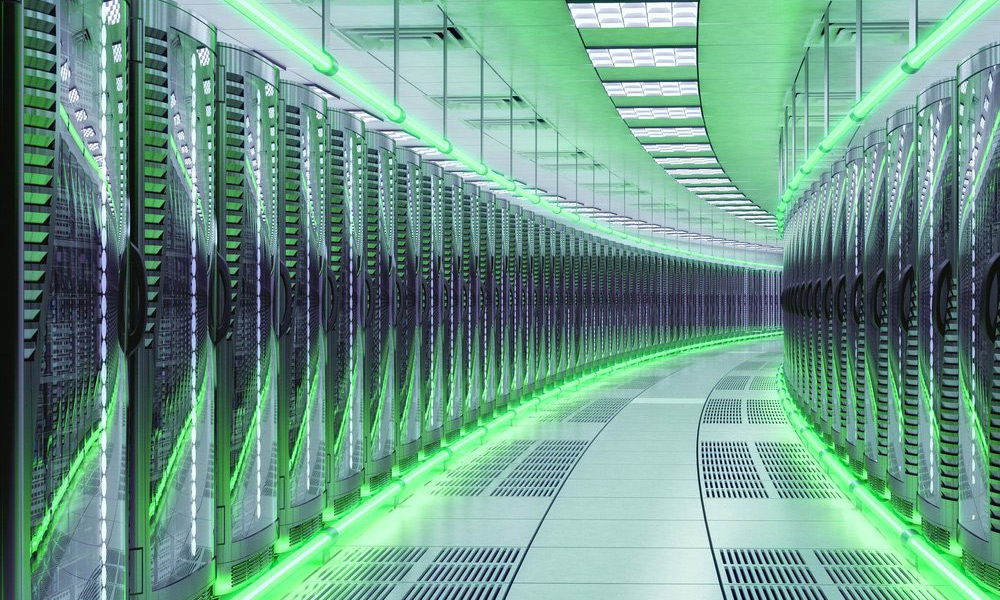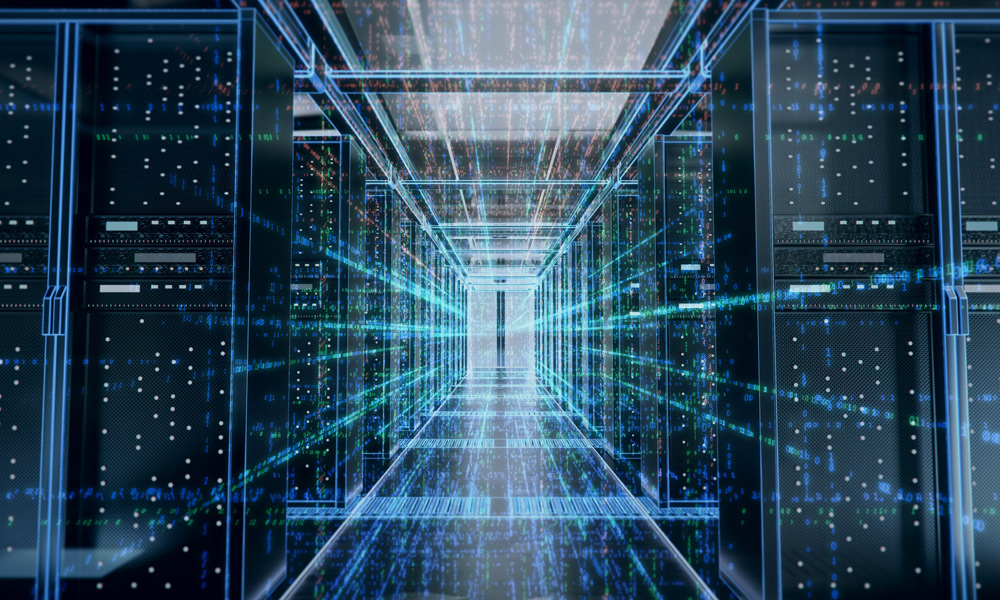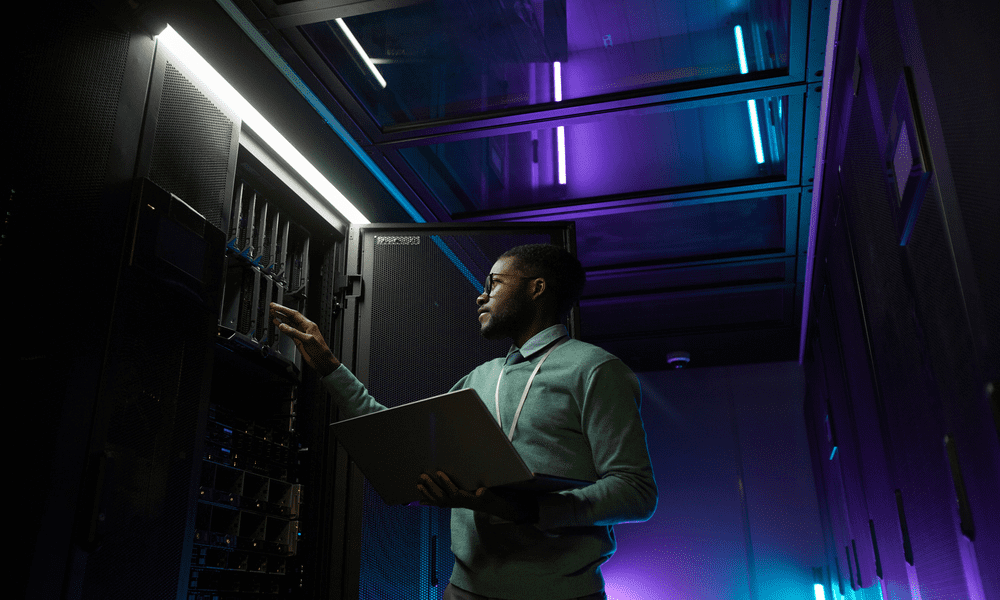neuCentrIX Hyperscale Data Center: How neuCentrIX’s First Green Data Center Benefits Modern Organizations

Global warming and climate change are getting worse at an alarming rate; the same thing applies to the issue of global fossil fuel depletion. While most environmental activists are focused on the automotive, aviation, and energy sectors, it’s the ICT industry that is on track to consume more energy and generate more carbon emissions than those sectors. The ICT industry has been one of the fastest-growing sectors on the market and is expected to grow even more rapidly thanks to various technological advances and the changes in customer behavior, raising the demand for data center construction and operations.
The Environmental Impact of Data Centers
In the era of the digital economy, data centers have continued to be a vital piece of infrastructure for modern organizations. According to Technavio, despite a plunge due to the COVID-19 pandemic in 2020, the data center market size is expected to grow by USD 519,34 billion during the period 2021-2025. Nonetheless, despite the reality that data centers provide immense direct and indirect economic benefits to businesses of all industries, one fact remains: data centers harm the environment in two major ways.
Power Consumption
Data center industry is power-intensive. The growing needs for computing along with the explosion of big data and the implementation of modern pieces of technology (AI, augmented and virtual reality, automation, IoT, and machine learning) have sent demand for data centers skyrocketing. According to the International Energy Agency, by 2020, data centers account for about 1% of global electricity demand — or an estimated 200 terawatt hours (TWh) each year. This is more than the annual energy consumption of some countries. In addition, data transmission networks were also responsible for 1% of energy consumed globally. Without proactive measures to reduce data centers’ energy consumption, these figures are only expected to rise even higher.
Carbon and Chemical Footprint
The environmental impact caused by data centers doesn’t stop at power consumption. Data centers contribute around 0,3% to overall carbon emissions, while the ICT ecosystem as a whole accounts for more than 2% of global emissions. In addition to the carbon footprint, data center operations also leave a significant chemical footprint. For example, coolants — used in a data center’s cooling system — are often made of hazardous chemicals, and battery backups — needed for when there are power shortages — cause an environmental impact both due to mining for battery components and the disposal of the toxic batteries afterward.
neuCentrIX’s Green Data Center as a Solution
For the reasons mentioned above, green colocation data centers have become critical in both an environmental and a business sense. With the commitment to promote sustainability and resources preservation, green data centers reduce environmental impact through detailed and well-measured design and strategies. They ensure their system and equipment for power and cooling are efficient and up to the Power Usage Effectiveness (PUE) standard. They use renewable power provision to reduce carbon emissions. They don’t deploy obsolete hardware and software, and use newer, more efficient technologies.
From a business point of view, green colocation data centers don’t only promise increased efficiency and reputation as a better organization, but also cost reduction. Organizations that choose to outsource their IT environment to a green colocation data center, instead of deploying a private, dedicated infrastructure, can receive all the benefits with a cheaper price and less hassle.
As a leading data center provider in Indonesia, neuCentrIX is soon to launch its first hyperscale data center which carries the concept of a green data center. The concept is titled ECO and implemented in its resilient infrastructure design, allowing it to run its operations with an energy efficient and sustainable approach. Besides implementing uninterrupted power and cooling methods, the data center is utilizing gas-fired power plants and solar panels to power its public areas and offices to ensure minimal carbon emissions in its operations and contribute to environmental sustainability. What’s more, this green data center will be the first facility that uses modular panels made from local materials (rattan or laminated timber). The presence of neuCentrIX’s green data center is hoped to inspire and empower organizations of all industries to create a greener world.

















